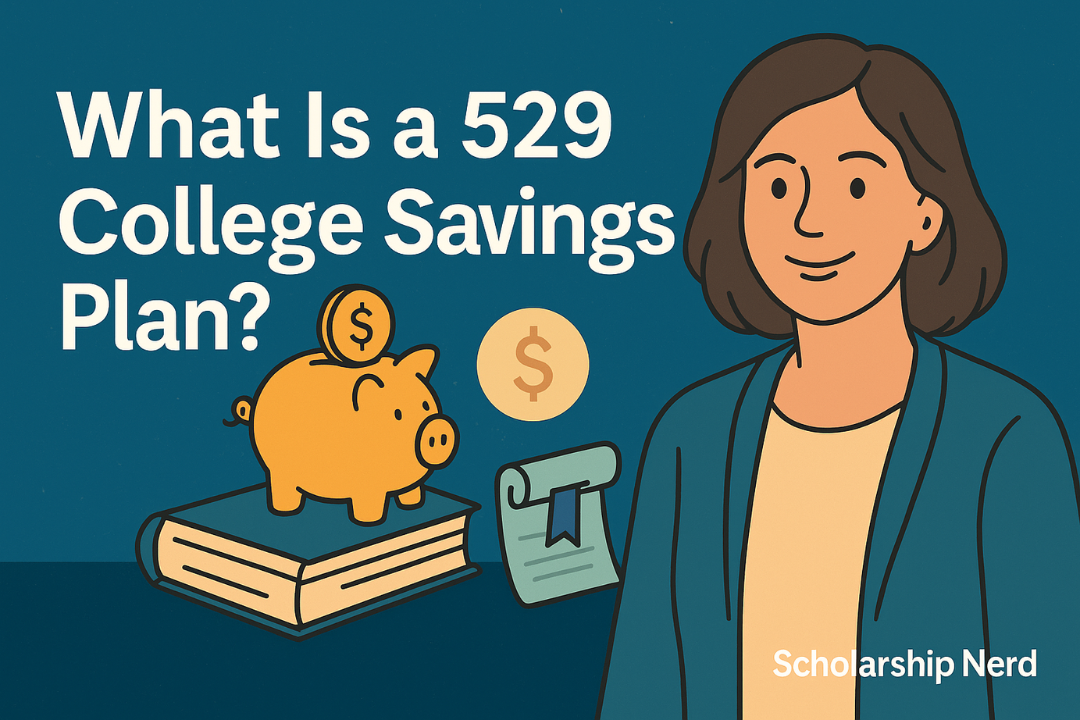A 529 plan is a tax-advantaged savings account designed to help families prepare for future education costs. Think of it as a dedicated college savings account that grows tax-free and can be used for qualified education expenses such as tuition, books, and room and board.
There are two main types of 529 plans:
- Education Savings Plans: Are investment-based accounts that allow your savings to grow over time through market-based investments like mutual funds.
- Prepaid Tuition Plans: Allow you to lock in current tuition rates at participating schools, helping you hedge against rising tuition costs.
Many families choose 529 plans because they offer a simple, flexible, and tax-efficient way to save for their child’s education without needing to be investment experts.
How Does a 529 Plan Work?
A 529 plan functions similarly to a retirement account, but with one clear goal: education savings.
- Anyone can open and contribute. Parents, grandparents, aunts, uncles, or even close family friends can open an account for a student, known as the beneficiary. There are no income limits for who can contribute.
- Earnings grow tax-free. The money you invest in a 529 plan grows tax-deferred, meaning you don’t pay taxes on the earnings as long as the funds stay in the account.
- Withdraw tax-free for qualified education expenses. When the time comes, withdrawals used for tuition, housing, textbooks, and other approved educational expenses are not taxed.
- Penalties apply for non-qualified withdrawals. If you withdraw money for purposes other than education, the earnings portion of the withdrawal is subject to income tax and a 10 percent penalty, according to IRS rules.
Even small contributions can make a significant difference over time. For example, saving $100 a month from birth through age 18 could grow to more than $30,000 with a modest 5 percent annual return. That could cover a meaningful portion of in-state tuition at a public university.
(Source: IRS Publication 970, 2024)
Types of 529 Plans: Education Savings vs. Prepaid Tuition
Understanding the difference between the two types of 529 plans can help you choose what’s best for your family’s goals.
Most families opt for Education Savings Plans because they offer greater flexibility and can be used nationwide or even for eligible international programs. Prepaid Tuition Plans appeal to families who value predictability and want to lock in tuition costs ahead of time.
Key Benefits of a 529 Plan
A 529 plan provides a powerful combination of tax benefits, flexibility, and control that make it one of the most effective ways to save for education.
- Tax-free growth on earnings. Your contributions are invested, and any gains in the account are not taxed as long as they are used for qualified expenses. Over time, this can result in significant savings compared to a regular taxable account.
- Potential state tax deductions. Many states offer tax deductions or credits for contributions to a 529 plan. Check your state’s specific program, as the benefits vary.
- Flexibility in how funds are used. In addition to college, 529 funds can be applied to K–12 tuition, trade programs, and graduate degrees. This makes the account versatile for a variety of educational paths.
- Changing beneficiaries. If one child decides not to attend college, you can transfer the account to another eligible family member without penalties.
- Scholarship exception. If your child earns a scholarship, you can withdraw that amount from the 529 plan without incurring the 10 percent penalty, though the earnings will still be taxed.
These benefits give parents confidence that their efforts to save will directly support their child’s future opportunities without unnecessary financial risk.
How to Open a 529 Plan (Step-by-Step)
Starting a 529 plan is simpler than many families expect. Here’s how to get started:
- Compare state-sponsored plans. Each state offers at least one 529 plan, and you’re not limited to your home state’s option. Research multiple plans to find one with strong investment options, low fees, and any available tax incentives.
- Select a plan that fits your goals. Many plans offer age-based investment portfolios that automatically become more conservative as your child nears college age. This “set it and forget it” feature can help manage risk over time.
- Open your account online. Most 529 plans can be opened in less than 15 minutes. You’ll need basic personal and beneficiary information.
- Set up automatic contributions. Consistent savings, even in small amounts, can make a significant impact. Consider setting up monthly transfers to make saving effortless.
- Monitor and adjust your plan. Review your plan annually to make sure it still aligns with your financial goals and risk tolerance. You can typically make changes to investment options once per year.
For more context on how a 529 plan fits into the bigger financial picture, explore our guide on financial aid basics.
Common Questions About 529 Plans
Can anyone open a 529 plan?
Yes. Parents, grandparents, or even family friends can open a 529 account for a child. The account owner controls the funds, regardless of the child’s age.
Are 529 plans only for college?
No. The funds can be used for a wide range of educational expenses, including K–12 tuition, trade schools, and graduate programs.
What happens if my child doesn’t go to college?
You can transfer the plan to another family member or use the funds for other qualified educational expenses. If you choose to withdraw the money for non-education purposes, taxes and penalties may apply on the earnings.
Can 529 plans affect financial aid?
Yes, but only slightly. Parent-owned 529 plans are considered parental assets on the FAFSA, which means they have a relatively small impact on financial aid eligibility—typically around 5.64 percent of the account’s value.
Can grandparents contribute?
Absolutely. Grandparents can either open their own 529 plan or contribute to an existing one. It’s a meaningful way to support a grandchild’s education while also gaining potential tax advantages.
Final Thoughts: Making College Savings Less Stressful
Saving for college can feel overwhelming at first, but it doesn’t have to be. A 529 plan offers a practical and flexible way to prepare for your child’s future without needing to navigate complex financial systems on your own. It’s not about saving perfectly—it’s about starting somewhere and building momentum over time.
Whether you begin with $25 a month or larger contributions, what matters most is consistency. Every dollar you save today is a dollar your child won’t have to borrow tomorrow.
If you’re ready to take the next step, explore verified scholarships to complement your savings plan or learn more about paying for college with confidence.




